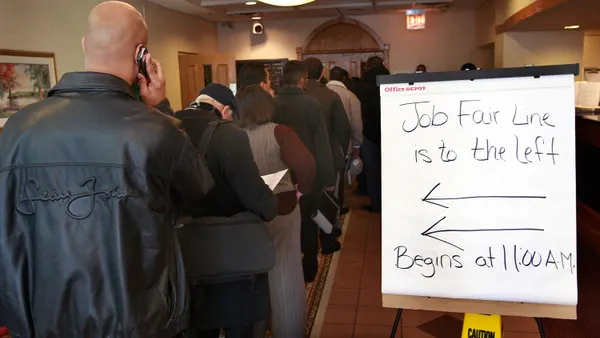Dive Brief:
- TechSmith Corp. experimented with no meetings for a month — relying solely on asynchronous communication — and saw an increase in productivity, the company announced Jan. 11.
- The company reported a 15% increase in “employees who strongly agreed they felt productive in their work after the experiment,” according to the announcement. Interestingly, perception of meeting importance rose after the experiment by 8%, illustrating that employees were more thoughtful about synchronous time after the experiment, TechSmith said.
- A large majority of workers surveyed also said they will consider replacing future meetings and instead lean into asynchronous communication habits, TechSmith said. “Technology is obviously crucial for companies to function in a hybrid or remote setting, but real change must begin with a cultural reboot to help employees form new habits and workflows that are more conducive to their changing environment,” Wendy Hamilton, CEO at TechSmith, said in a statement.
Dive Insight:
Employees are sick of meetings, to hear other surveys tell it — and some gatherings may be costing employers money.
In a September report from Otter.ai, almost half of survey-takers said there were too many meetings on their calendars, noting that about five meetings a week could be easily skipped. If an employer pays a worker an $80,000 salary and nearly a third of meetings are considered unnecessary, that could be as much as $25,000 wasted per employee, the report said.
Employees told Otter they felt too guilty to decline meetings. In response, Otter suggested HR lead a change in tone to avoid the classic “this could have been an email” feeling and encourage teams to re-examine which conversations could be pushed to other communication channels.
Shopify tackled this problem at the start of the year by canceling most meetings entirely. The company cleared employee calendars of all recurring meetings with more than three people, removing nearly 10,000 events. While that move was somewhat controversial, experts noted that employers could use the example as a way to re-examine their own meetings, ensuring those that persist have a clear purpose, clear objectives and deliverables, and inclusive use of technology.











